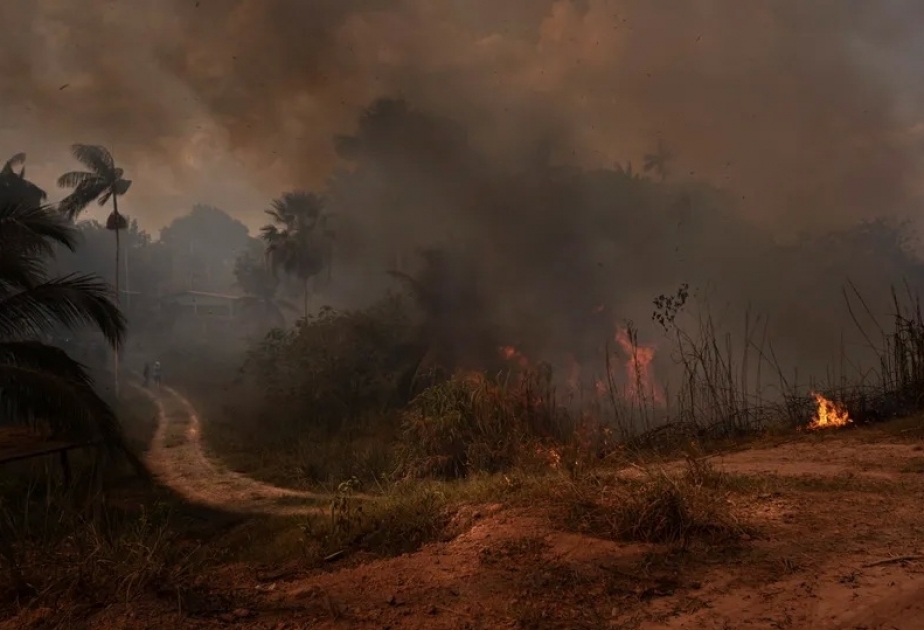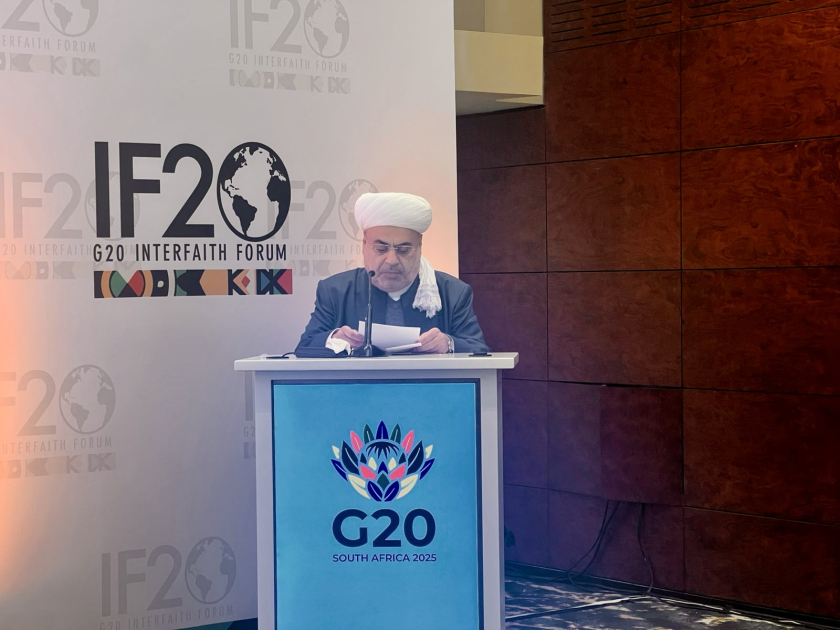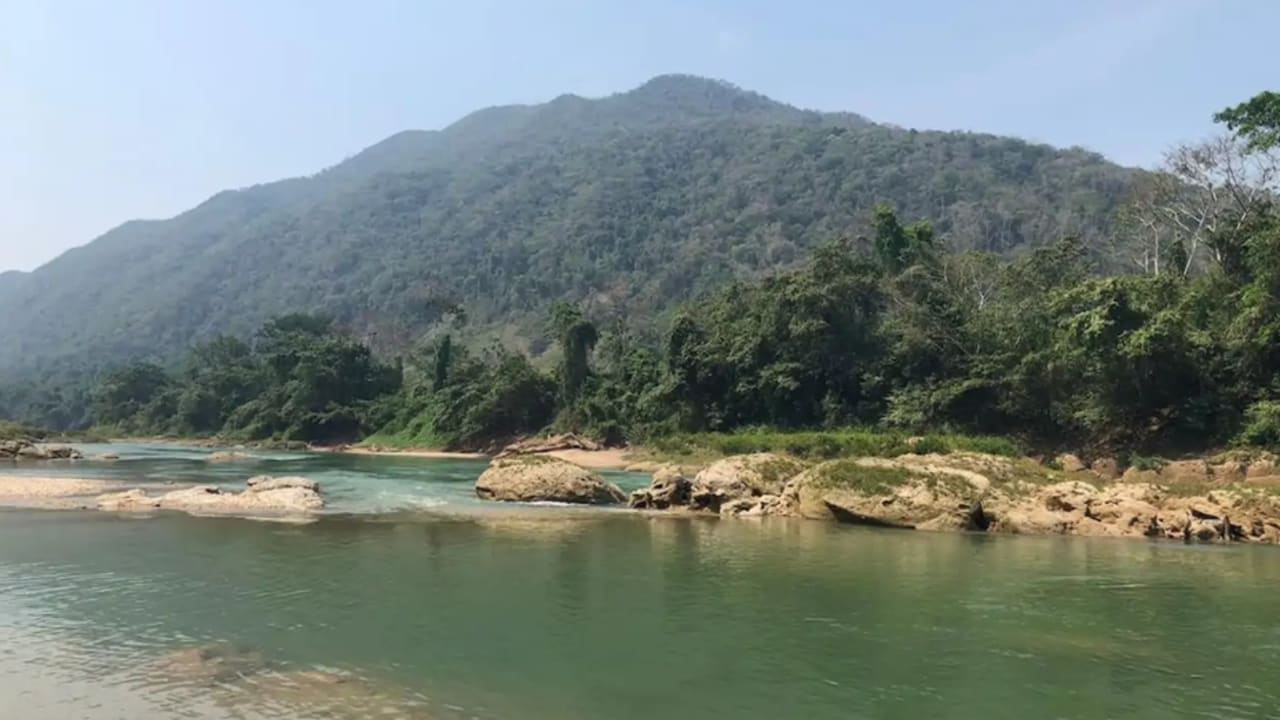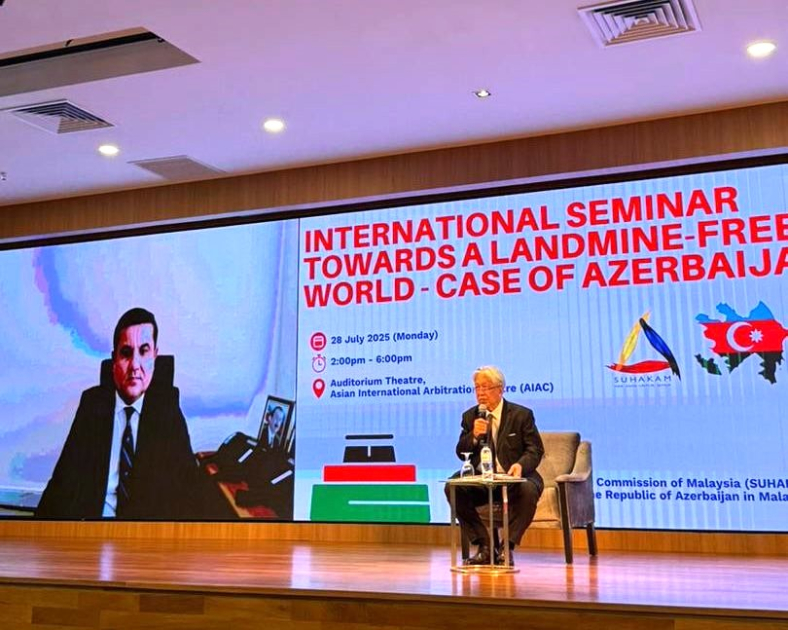Tropical forest loss declined last year, but other indicators show that the world's woodlands remain under tremendous pressure, Reuters reported citing the analysis released on Thursday by the Global Forest Watch monitoring project.
Destruction of forests helps drive global climate change. Because trees absorb climate-warming carbon dioxide and store it as carbon in their wood, that greenhouse gas is released when the wood rots or burns. This destruction also imperils biodiversity because of how many plant and animal species call forests home.
The loss of primary forests - those untouched by people and sometimes known as old-growth forests - in the tropics declined 9% last year compared to 2022.
But Global Forest Watch researchers said the destruction remains stubbornly high. The world last year lost about 37,000 square kilometers (14,000 square miles) of tropical primary forest, an area nearly as big as Switzerland and larger than the U.S. state of Maryland.
Global Forest Watch is a project of the Washington-based nonprofit research organization World Resources Institute, using satellite imagery. Most of the data is compiled by University of Maryland researchers.
Declining forest loss in Brazil and Colombia was largely offset by greater losses elsewhere, Global Forest Watch director Mikaela Weisse told a press briefing.
"The world took two steps forward, two steps back," Weisse said.
Scientists consider tropical primary forests to be among the most precious as their lush vegetation is the most densely packed with carbon. These forests also are treasure troves of biodiversity. The Amazon rainforest, for instance, is home to at least 10% of Earth's known species.
Last year's tropical primary forest loss caused greenhouse gas emissions equivalent to half of U.S. emissions caused by the burning fossil of fuels annually, Weisse said.
Brazil, the Democratic Republic of Congo and Bolivia topped the ranking of tropical countries with the most primary forest loss. That is in spite of destruction in Brazil falling 36%, as President Luiz Inacio Lula da Silva pursued aggressive conservation policies, particularly regarding the Amazon, Weisse said.
Neighboring Colombia experienced a 49% drop in forest loss. President Gustavo Petro made environmental preservation a key part of the peace process with armed groups that dominate jungle areas, Weisse noted.
Forest destruction in the Democratic Republic of Congo remained relatively stable but high at around 5,000 square km (1,930 square miles).
In third place, Bolivia experienced record-high primary forest loss for the third year in a row, with destruction surging 27%. Agricultural production and fires drove most of the loss.
Deforestation globally rose 3.2% in 2023, according to the report.











.jpg)





.png)



